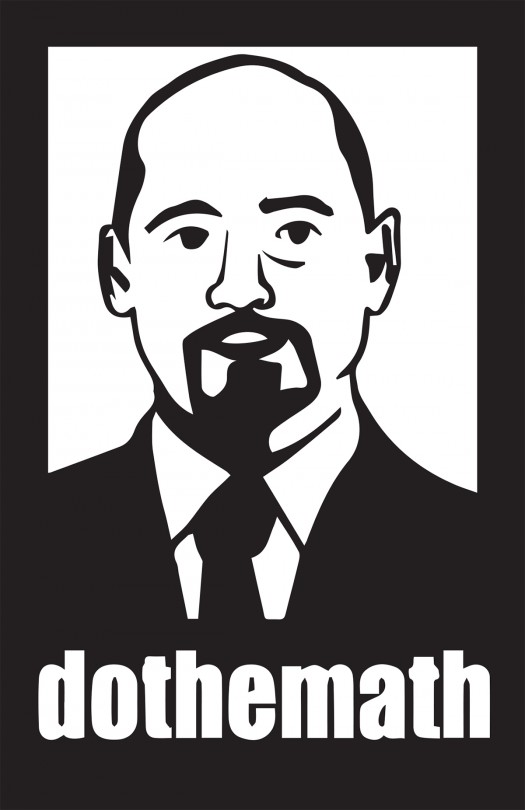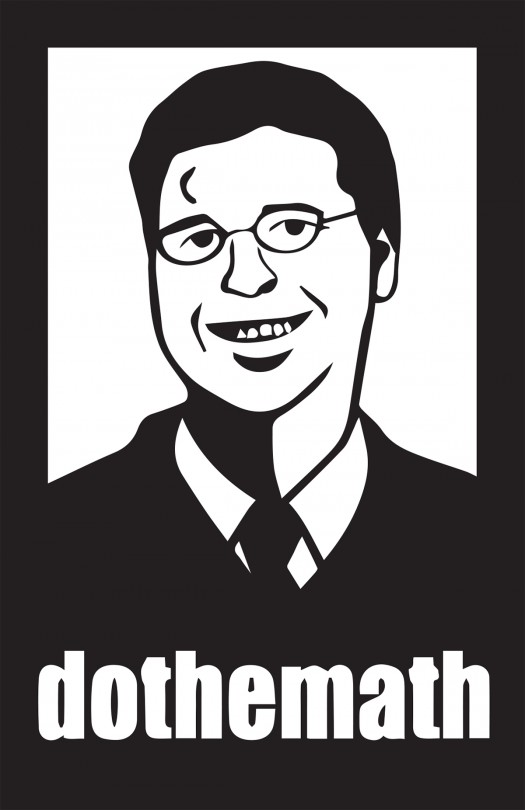A Placemaking Journal
Feared Dead, Math’s Back: Planning nerds vindicated
 Planning for the future tends to be a humiliating exercise. Whatever’s headed our way is both inevitable and unpredictable. Yet because it brings with it the consequences of decisions we made or ducked in the past and now have to manage or endure in the present, we have to take a stab at decisions that are coherent and well-informed.
Planning for the future tends to be a humiliating exercise. Whatever’s headed our way is both inevitable and unpredictable. Yet because it brings with it the consequences of decisions we made or ducked in the past and now have to manage or endure in the present, we have to take a stab at decisions that are coherent and well-informed.
Or not.
Lately, owing to chaos at the federal level, we’ve appeared all in for a going-with-the-gut planning strategy. Even when it was clear the gut was on a fact-free diet. But there’s evidence that, at least in some policy-making categories, rational analysis using, you know, data might be making a comeback.
Nudging Transportation Policy Toward Reality
Consider the reception a few weeks earlier to the Congress for the New Urbanism’s “Freeways Without Futures” report, which listed top targets for urban highway teardowns.
Investing a pile of money into destroying (mostly poor) historic neighborhoods, taking prime property off the tax roles and exacerbating racial tensions for decades — all that seemed okay a couple generations ago, as long as the strategy moved a lot of cars quickly through the hearts of cities. Over time, the moving cars quickly part of the deal didn’t pan out as expected and the high-maintenance, property-devouring inequity parts became more obvious. The data increasingly argued for figuring other ways of getting through cities. At the very least, might we consider not making things worse by throwing more money at lane expansions, new interchanges and further disruptions of the fabric of downtowns?
Tearing the suckers down? A radical dream, if ever there was one.
John Norquist, a former Milwaukee mayor and CNU’s president before retiring, put urban highway teardowns on the CNU to-do list. And when Lynn Richards took over as president, she made sure the organization’s commitment persisted. In January, out came the 2017 “Freeways Without Futures” report. And I have to say — biased as I am toward political realities as opposed to idealistic hopes — I anticipated applause from fellow travelers and mostly shrugs and rolled eyes everywhere else. But on the day of the report’s release, the post on CNU’s website got 12,000 hits. Immediately after, website visits per month more than doubled. News outlets from NPR to Fox News to the American Conservative jumped on the story And now CNU is considering a Freeways Without Futures Summit this summer.
The Emerging ‘Do the Math’ Movement
Just as encouraging for fans of data-driven policy-making, are other CNU-encouraged initiatives. A clickable list of them is here. But let’s just talk about three with overlapping impacts that are obvious and growing.
Joe Minicozzi and his Urban3 group have developed and are continually refining GIS-based analyses of how value is distributed in metro areas. Measured on a per-acre basis, higher density, walkable mixed-use development close to the downtown produces the big numbers when it comes to retail and property taxes, jobs and other returns; lower density stuff in the ‘burbs, not so much. So if you want to know where the biggest bang for the taxpayer buck is when you’re doing land use, infrastructure and transportation planning, Minicozzi argues, just “do the math.”
Which works as a strategy-turned-brand for Minicozzi, complete with an image of him as close cousin to Sesame Street’s famous Count.
Minicozzi provides Chuck Marohn, founder of Strong Towns (http://bit.ly/2n3YmRf), his own Count caricature.
The two often present back-to-back to audiences intrigued by the “Do the Math” approach. Marohn, a civil engineer, works the cost side of the equation, often focusing on the long-term costs of highway construction. In fact, Marohn argues that current methods of using today’s tax revenues and debt to pay for transportation projects without accounting for tomorrow’s maintenance liabilities amounts to a growth development Ponzi scheme. His “do the math” argument is powerful enough to win over fiscal conservatives and bring a whole new group into urban planning discussions.
A third data-enabled approach working pretty much the same turf, again from the cost side, is being advanced by Scott Bernstein and the Center for Neighborhood Technology. Bernstein and his team are expanding discussions about housing affordability into ones that integrate all the factors that determine whether or not a family can afford to live in places that provide the sorts of wealth-building and quality of life advantages Minicozzi and Urban3 identify in higher performing neighborhoods.
CNT’s best known work computes the combined costs of housing and transportation at the neighborhood level, countering conventional wisdom about affordability in the drive-til-you-qualify ‘burbs. In close-in neighborhoods, especially those served by reliable transit, families can cut down on car ownership — maybe even live without a car — and shift thousands of dollars a year from transportation costs to the premium they might have to pay for housing located in a more convenient, opportunity-filled location.
Expand cost-reduction strategies beyond transportation, and there’s even more opportunity. Through a partnership with the Knight Foundation, CNT has been working with 10 U.S. cities to identify “portfolios of strategies” that identify ways to reduce costs and increase access to typical services in urban areas. The cumulative impact of a range of small savings in categories such as water and energy use and access to education and childcare can reduce poverty by as much as 25%, CNT argues, while it expands quality of life choices for everybody.
More Data, More Clear Thinking
The advantage of “do the math” thinking is that it forces us to reframe problems in ways that open up a broader range of solutions and that require measurable outcomes. Thinking too narrowly often sticks us with high-cost, hard-to-implement strategies with lousy records of return on investment.
Focusing only on attracting the next Google to build tax value and add jobs distracts us from recognizing the wealth building bonuses from compact, walkable urban environments. Focusing only on providing low cost housing to achieve community affordability often produces the unintended consequences of sprawl, inferior housing stock and angry neighbors. Blocking growth measures that expand the range of choices for housing and for getting around allocates the benefits of growth to a sliver of the population, hastening a future where only the wealthy will be able to afford convenience, opportunity and mobility.
Despite the wave of mistrust that has spread from Washington to state capitals and into local jurisdictions, the policies most likely to improve our quality of life require the consent — if not the blind enthusiasm — of those of us who live and work in the places we want to make better and more fair for everyone. For many of the conventional solutions we’ve imagined up until now, the numbers just don’t add up. But evidence is growing that there’s support for — and practitioners already applying — a different kind of math.
Let’s speed its adoption.
If PlaceShakers is our soapbox, our Facebook page is where we step down, grab a drink and enjoy a little conversation. Looking for a heads-up on the latest community-building news and perspective from around the web? Click through and “Like” us and we’ll keep you in the loop.




